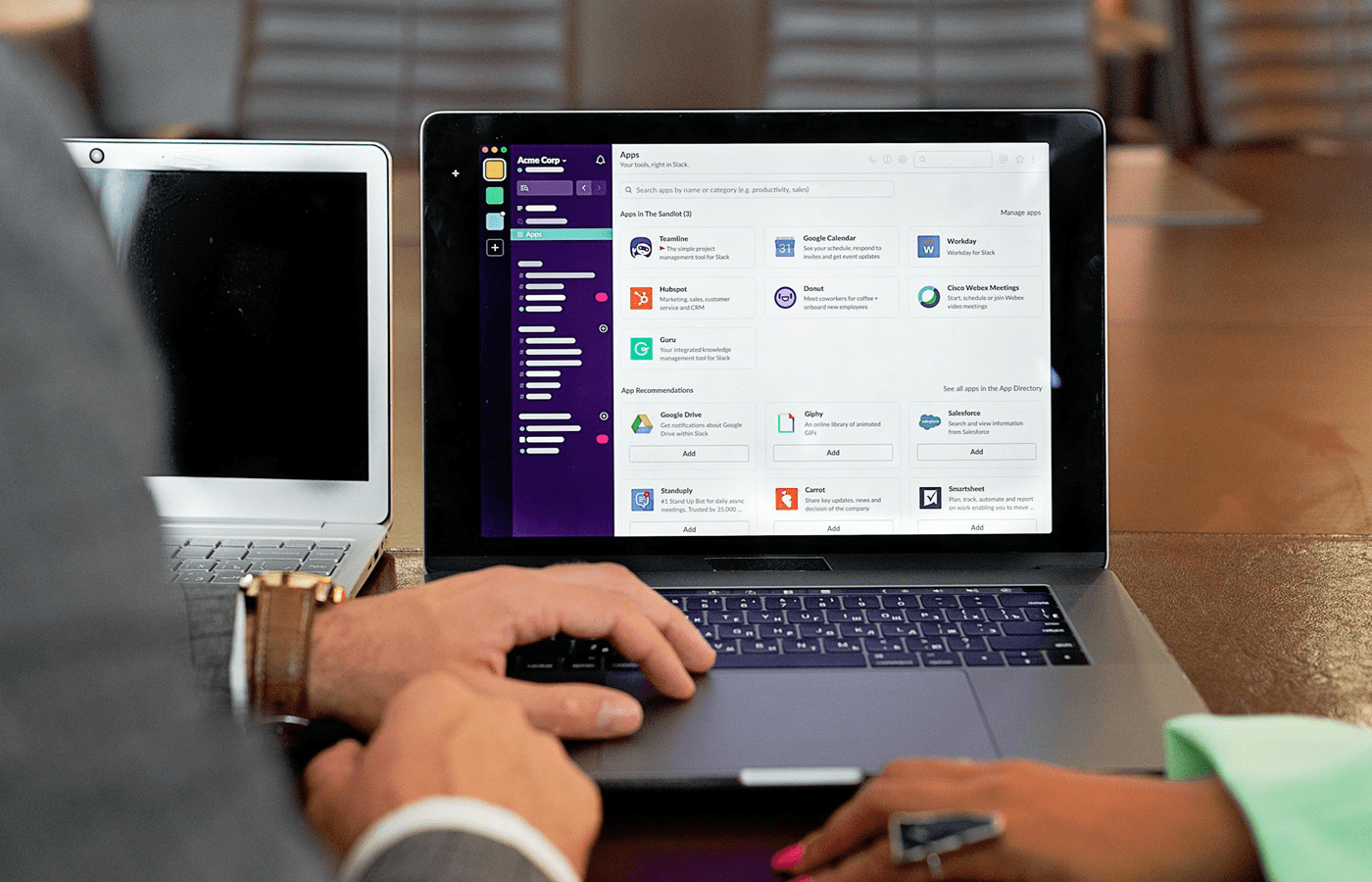Integrating business software with your call center is essential, but it's rarely easy. Vendors, of course, are going to sugarcoat the hurdles and announce a call center integration that works out of the box. Some are more open about the difficulties, but either way, you should do your due diligence before making drastic changes.
I'll walk you through all the ways you can test potential call center integrations before making a big commitment. It is difficult to undo these changes once implemented; you don't want to get stuck in that position or locked into suboptimal integration.
We will also look at how to lead the transition in your organization. The truth is that technically sound integrations sometimes fail because managers lack the will or communication skills to truly drive adoption. Preparing your agents and supervisors for the integration is just as important as selecting software that fits your technology stack.
Six steps to test a call center integration
1. Check system and compliance requirements
First, make sure your system meets the technological or legal requirements for any new integrations you want to add to your stack.
Verify that the integration is designed to work with your call center software and any other software it needs to work well with, such as CRM software, ticketing systems, or ERP software.
Review the integration documentation and API specifications, ensuring they match the version and configuration of your systems. Compatibility is crucial to avoid problems such as data mapping errors or limited functionality.
You also want to ensure that this integration meets all legal requirements. Most reputable call center integrations are built with data security in mind, but if your industry has strict compliance requirements (e.g. HIPAA, GDPR). Check whether features such as data encryption, role-based access controls, and audit trails comply with relevant regulations.
2. Consult your IT team
Your IT team is a great resource who understands your call center technology even more than the agents who will ultimately use it, and this includes the software you're considering integrating.
Instead of simply asking if an integration is feasible or if the systems are compatible, ask them if they think the software will actually work well with their current infrastructure. What will happen to your infrastructure in 2 to 5 years?
You can also ask them if they have any obvious concerns about certain integrations and what they would recommend for a testing plan once the integrations are complete.
By having as much information as possible beforehand, you can ensure that you ask the right questions in the future and that subsequent integration tests are thorough, comprehensive, and accurate.
3.Survey business requirements
This is a must, and the better you do your job of determining what everyone in the organization needs, the more pitfalls you can avoid. Survey the leaders of any team that will touch the integration or its data. This likely includes sales, services, IT, billing, HR, and may include third-party applications like payment gateways or services like IVR testing.
For example, your sales team may need the integration to work with specific types of call center dialers, call tracking software, or even a CRM separate from your customer service team.
It's critical that you discover each department's specific needs early in the process to ensure you're only looking for truly viable integrations. The last thing you want to do is discover that your new integration doesn't meet the real daily needs of the organization.
4. Talk to client references.
Contact the sales representatives of the software you want to integrate and ask for any customer references they may have available, particularly from other call centers. Be sure to confirm what integrations your software works with, what their integration processes were like, and if they encountered any testing or post-integration issues.
Taking this step can reveal potential problems that might not be evident in demos or technical documentation. Talking to customers who have used the software helps validate its effectiveness in the real world. Someone who has been using the integration for a few years has a perspective you won't find anywhere else.
With this information from peer organizations, you will have several first-hand accounts of the integration and testing process. This can help you rule out options that seem like a good fit and give you a better idea of what to expect in the future.
5. Conduct demonstrations
Be sure to take tutorials or demos of the technology before committing to new call center integrations. This can be done by contacting company representatives and scheduling demos with key stakeholders such as call center agents, IT team, and managers.
Before demoing, I would make a very short list of possible call center integrations. You need to “see it through,” but demos are time-consuming and take important employees away from their work for at least an hour per demo.
Also know exactly what you want to demonstrate. Don't expect the provider's equipment to come prepared for your exact situation. It would be nice, but it's not realistic. Chances are, you're on their third demo of the day, 10th of the week, and the rep is figuring out who you are right before the call.
So come prepared on your part. If the integration is API-based, be prepared to test the software your team plans to use. For example, check if the software integrates seamlessly with your CRM, IVR software, and call tracking software. Is data exchanged accurately in real time? Are customer records updated and synchronized with call logs?
Let's say you're looking to integrate interactive voice response (IVR) technology with your call center. You'll want to know what other technology it supports, how you should proceed with testing, and what specific bugs or issues you should be aware of. The key is to find out what you need to know beforehand so you have the right information to proceed smoothly.
The better you have done your due diligence before the demo, the better level of information you will be able to obtain. You'll know what questions to ask and what you need the integration to do.
After the demonstrations, you have to make a decision. There's not much else you can discover beforehand. Select a call center integration with confidence and know that you are putting yourself in the best possible position for success.
Contact Center Integration and Adoption
Implementing a call center integration requires careful planning to ensure technical success and frictionless employee adoption. Start by defining the workflows and data points that need to be connected, so that both IT and call center teams are aligned on goals and expectations.
Common technical challenges include data synchronization, API compatibility, and the risk of extremely costly downtime. Address these issues by testing data mapping, ensuring fields align correctly across systems, and preparing a backup plan for potential outages.
This process will always be a bit complicated, but data integration is easier when you have a clear strategy. For a call center integration that will be deployed across an organization, consider a phased implementation or use middleware to close functionality gaps.
Testing is essential. Start with unit tests for each function and then move to end-to-end testing in a sandbox environment to simulate large call volumes. After that, test the integration with a small group of users to gather feedback and resolve any issues before full deployment.
To drive adoption of new call center integration, it is essential to involve end users from the beginning. Involving them from the beginning not only helps them feel invested in the change, but also gives them the opportunity to highlight how the integration will make their job easier or more efficient.
Take every opportunity you can to demonstrate specific benefits, such as reduced manual tasks, faster access to customer information, or automated call center workflows, showing users exactly how the new solution will make their lives easier. .
Effective training and ongoing support are critical to making this transition successful. In the ideal scenario, you will be able to provide structured training sessions for different user levels, complemented by quick reference guides and accessible resources. You should update your call center's knowledge base before launching so employees can find answers to common problems as quickly as possible.
A dedicated support channel, such as a help desk or chat room, can offer real-time assistance when issues arise. If that's not feasible, I would at least designate someone who was involved in the integration to be the contact person that employees can contact if they have problems in the future.











